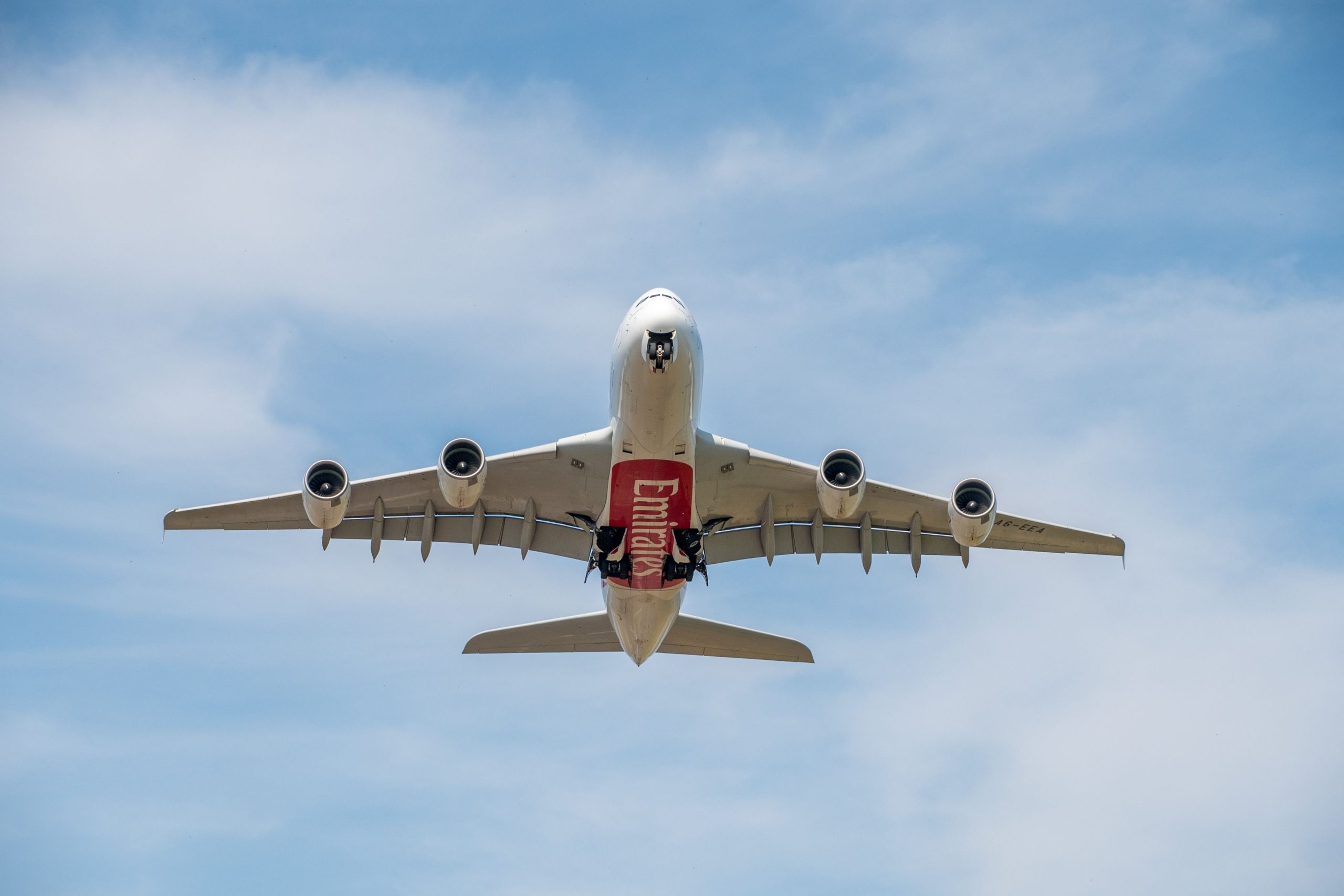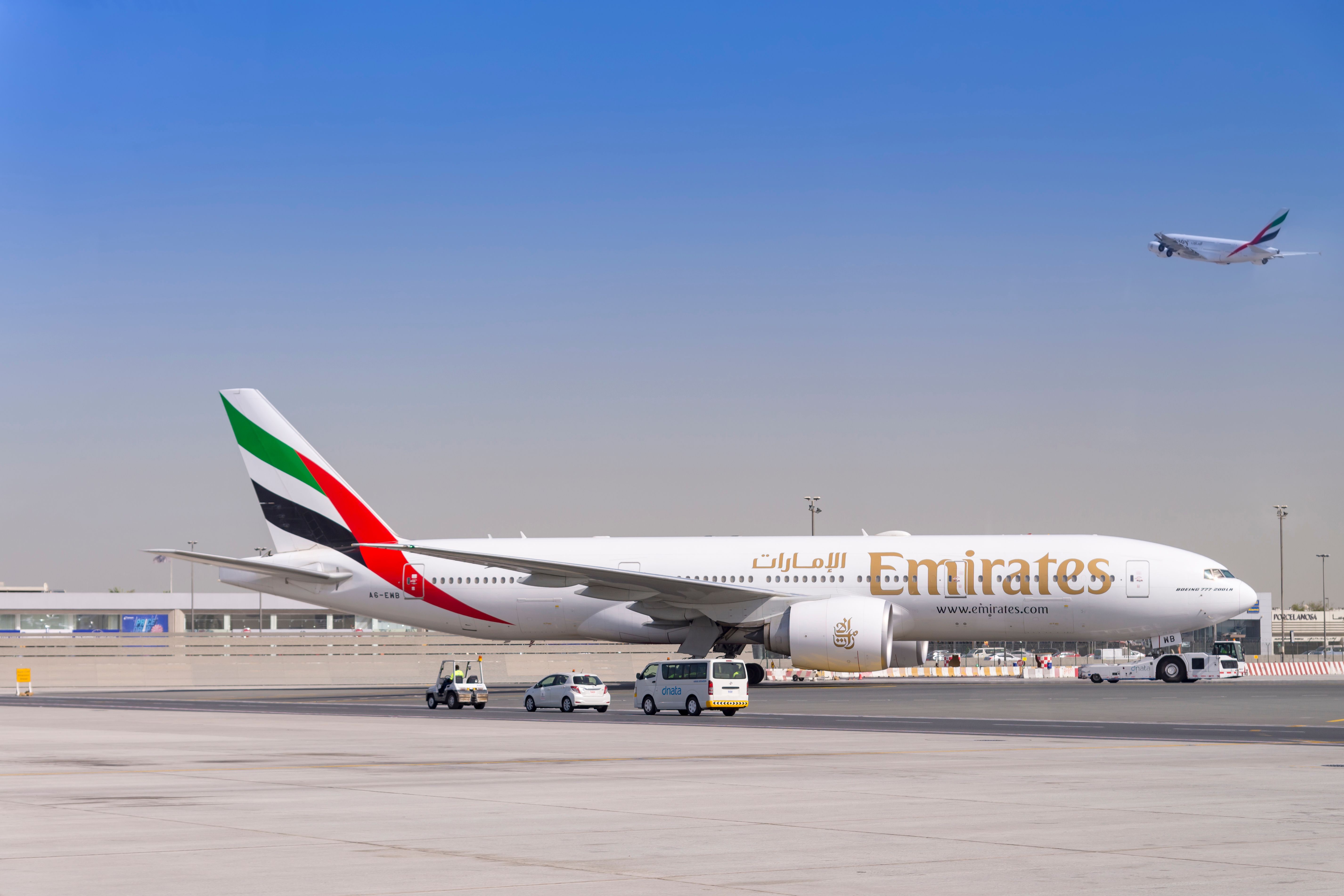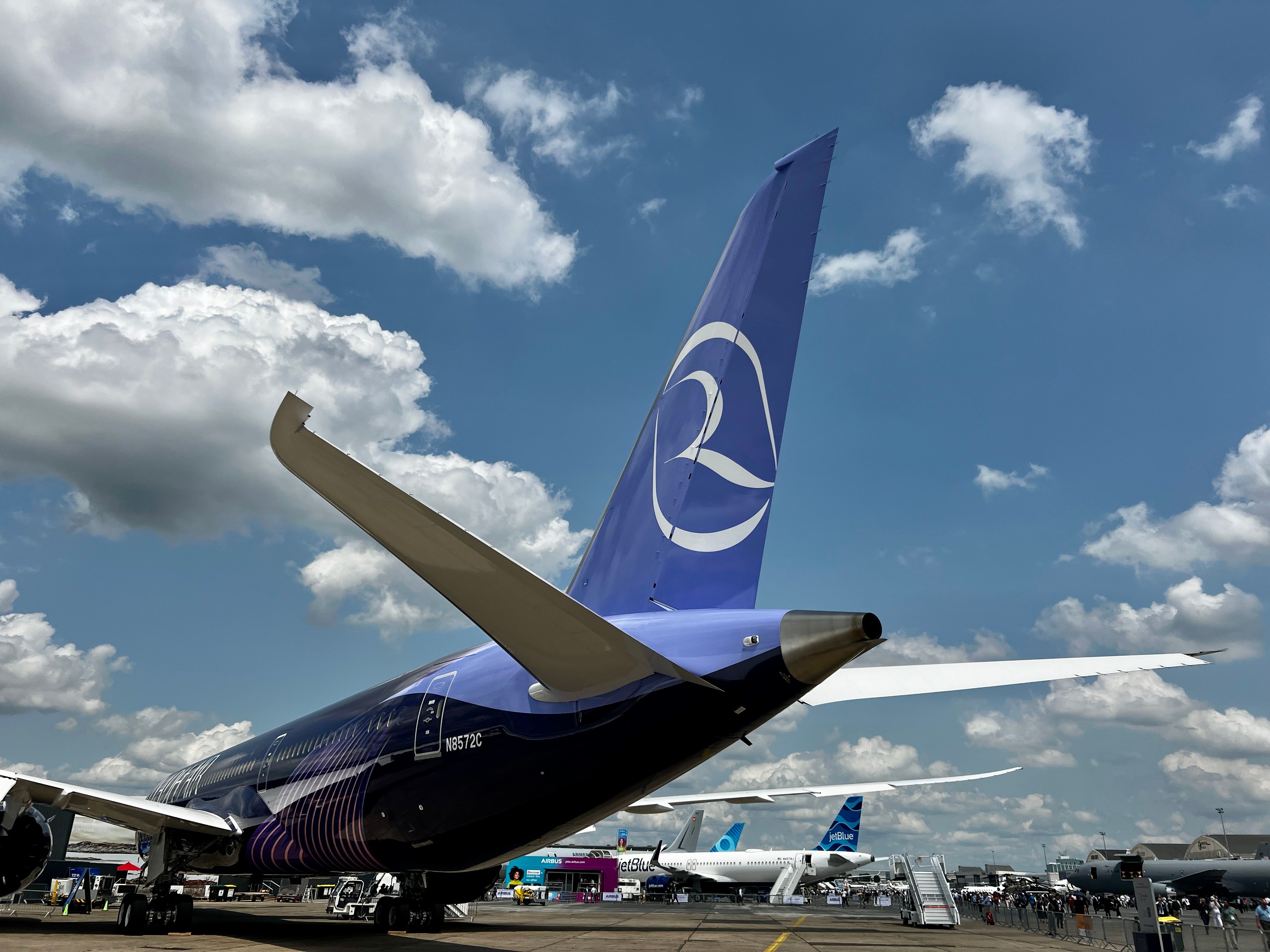Summary
- Emirates CEO Tim Clark is confident in the Emirates business model and believes that the entrance of rival carrier Riyadh Air will benefit the region.
- Riyadh Air aims to focus on point-to-point traffic and facilitate connections to around 100 destinations from its base in Saudi Arabia.
- Clark’s attitude toward the new entrant is “Bring it on” as he looks to the future.
The CEO of Middle Eastern carrier Emirates is unphased by the imminent debut of rival carrier Rhidah Air in nearby Saudi Arabia. Having successfully navigated the entrance of fellow regional powerhouses Etihad and Qatar Airways, the airline is in an excellent place to grow from the increased capacity in the region.
Riyadh Air aims to focus on point-to-point traffic when it launches in 2025, in addition to facilitating connections from its base in the Saudi capital to around 100 destinations.
Standing apart from the rest
Speaking to AeroTime at the World Aviation Festival, Emirates CEO Tim Clark expressed his confidence in the Emirates business model and highlighted the benefits an additional carrier will have to the region. Clark noted how the Kingdon of Saudi Arabia’s expected expenditure, which is rumored to be in the trillions, will benefit everyone in the region and act as a “gravitational pull’.
Instead of being fazed by the competition, Clark insists he is focused on how to deal with the potential growth and expressed his belief that Riyadh Air’s Chief Executive Officer Tony Douglas is up to the task, describing him as “Full of confidence in the belief that he can do what he has been required to do: bring 100 million tourists to Saudi Arabia by 2030”. When pressed on his reaction to the impending arrival of the new airline, Clark declared he was up to the challenge:
“I have said to my boss ‘Bring it on”.
“Going forward, does it faze me now? On the contrary, I think how we are going to be able to deal with all of this [growth].”
Photo: iamlukyeee / Shutterstock.com
Clark based his confidence partially on the carrier’s longstanding success with the hub-and-spoke business model, which has seen it consistently fill its largest planes on multiple routes.
Flying together
At the same event, Riyahd’s CEO shared his thoughts on how he sees the country’s second flag carrier filling a market niche. Tony Douglas, who previously led Abu Dhabi-based Etihad for half a decade, highlighted the latent demand that currently exists in the region and the potential for untapped connections. Saudi Arabia is one of the world’s fastest-growing economies and has the unique combination of a large and young population eager to travel and a current lack of direct air connectivity to many of the world’s major cities following years of tight restrictions.
Douglas highlighted how, unlike nearby hubs such as Doha or Dubai, there is enough latent demand in Saudi Arabia to sustain those flights without necessarily relying on global connecting traffic. From the Saudi capital, Riyadh Air will fly to “all the obvious destinations” in Europe, the eastern seaboard of North America, the capital cities of Central Europe, Central Asia, the Indian subcontinent, and the Far East. Locally, it will fly to regional destinations in the Gulf and all major domestic destinations too. A significant percentage of expected traffic is also bound for Riyadh, according to Douglas:
“93% of traffic going into Riyadh right now is point-to-point.”
Photo: Jonathan E. Hendry | Simple Flying
There is also the longstanding question of how the Kingdom will spread operations across two flag carriers. When questioned on the subject, Douglas reiterated the fact that the two carriers will be complementary. He highlighted the fact the Saudi landmass is as large as several major European countries put together.
Flight times between Riyadh and Jeddah are similar to those between Lisbon and Rome, a route operated by multiple carriers. The two cities encompass entirely different catchment areas, and the dual hub strategy will allow both airlines to offer individualized products in their operations as full-service carriers. The Riyadh Air CEO further indicated that once the carrier was up and running, Saudia would focus its efforts more on Jeddah:
“Even if they also operate out of Riyadh, Saudia has always been traditionally based in Jeddah and they will progressively focus more of their activities in that city. We are very much aligned, we will act as the two national carriers of the Kingdom.”
Emirates is further set to diversify its fleet in the coming years as it takes delivery of multiple aircraft types, including the Airbus A350 and Boeing 777X.
Source: AeroTime



